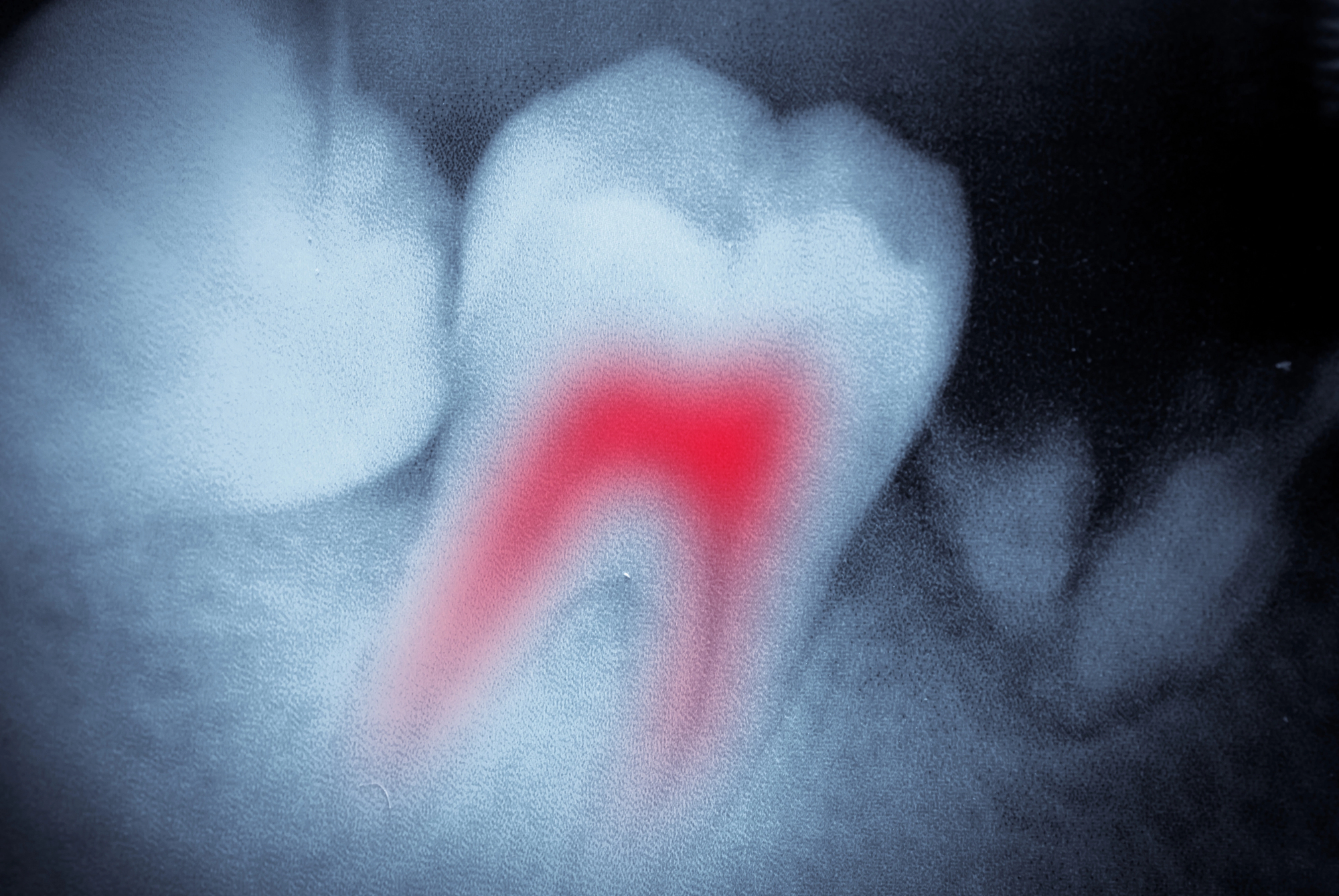Root Canal Awareness – Recognizing the 7 Warning Signs That Could Save Your Tooth

May hosts Root Canal Awareness Week from May 13 to May 17, an opportunity to educate people about warning signs of serious tooth infections that may require root canal therapy. Often misunderstood, root canal treatment is a routine and highly effective procedure that can preserve natural teeth and prevent more invasive dental issues.
A Healthline article titled “Do You Need a Root Canal? 7 Telltale Symptoms” outlines the most common signs that may indicate the need for this important treatment. Below, each symptom is explained, followed by commentary from Ashraf Dentistry, a dental care clinic in Toronto. (Source: Healthline, Do You Need a Root Canal? 7 Telltale Symptoms, Medically reviewed by Jennifer Archibald, DDS — Written by Marjorie Hecht on December 20, 2019, https://www.healthline.com/health/do-you-need-a-root-canal-7-common-telltale-symptoms ).
1. Persistent Pain
Constant or recurring tooth pain is one of the clearest signs that something is wrong beneath the surface. This type of discomfort may be sharp, throbbing, or radiating and often worsens when lying down or chewing.
Ashraf Dentistry shares, “Pain that doesn’t go away is often the tooth’s way of indicating nerve damage or internal infection. It’s critical not to dismiss this kind of pain. In many instances, this indicates that the pulp within the tooth is inflamed or infected and may require treatment.”
2. Sensitivity to Heat and Cold
Persistent sensitivity to hot or cold beverages and food—especially when it lasts long after exposure—could be a sign of pulp damage.
Ashraf Dentistry comments, “When thermal sensitivity doesn’t subside quickly, it’s usually a sign that the nerves inside the tooth are compromised. This kind of response is different from normal sensitivity—it suggests a deeper issue that could progress if untreated.”
3. Tooth Discoloration
When a tooth turns a dark gray, brown, or black color, it may signal internal tissue damage or nerve death, often due to infection or trauma.
Ashraf Dentistry explains, “Discoloration from the inside out typically indicates that the pulp is no longer viable. While surface stains can be cosmetic, internal discoloration often means there’s decay or necrosis inside the tooth that may require root canal therapy.”
4. Swollen or Tender Gums
Gum swelling or tenderness near a particular tooth, especially if accompanied by a pimple-like bump, could be a sign of an abscess or infection draining into the surrounding tissue.
Ashraf Dentistry notes, “Localized gum swelling or the presence of a fistula near a tooth can point to chronic infection. These symptoms show that the infection has spread beyond the tooth into the surrounding bone or soft tissue and needs urgent attention.”
5. Pain When Chewing or Touching the Tooth
Pain or tenderness when biting or applying pressure to the tooth is a common indicator of inflammation or infection inside the pulp.
Ashraf Dentistry shares, “Pain during chewing often means the tooth’s internal structures are inflamed or there’s an abscess forming at the root. If left untreated, this can compromise the tooth’s structure and lead to more invasive problems.”
6. Chipped or Cracked Tooth
Cracks or chips from trauma, teeth grinding, or biting hard objects can expose the pulp to bacteria, increasing the risk of infection.
Ashraf Dentistry explains, “Even a hairline fracture can allow bacteria to enter the pulp chamber. Once the protective enamel is compromised, the tooth becomes vulnerable to decay and infection, which may eventually require root canal treatment to prevent loss of the tooth.”
7. Tooth Mobility
A loose tooth may indicate an advanced infection that’s affecting the surrounding bone and tissues supporting the tooth.
Ashraf Dentistry comments, “When a tooth starts to feel loose without a clear cause like trauma or orthodontic treatment, it’s often a sign that an infection has weakened the surrounding bone. This is an advanced symptom that warrants immediate attention to prevent tooth loss.”
Is Root Canal Therapy Painful?
Modern root canal procedures are safe, efficient, and far more comfortable than many people expect. Thanks to advancements in techniques and anesthesia, root canal treatment today is similar in experience to getting a dental filling.
Ashraf Dentistry notes, “The outdated fear surrounding root canals doesn’t reflect current reality. With today’s technology and sedation dentistry options, the procedure is typically pain-free and highly effective at relieving the discomfort patients came in with.”
Is it Possible to Prevent the Need for a Root Canal?
In many cases, yes. Good oral hygiene habits—brushing, flossing, and regular cleanings—can reduce the risk of infection and decay that lead to root canals. However, not all causes, such as trauma, can be predicted.
Ashraf Dentistry shares, “Prevention is always the first line of defense. Regular dental exams allow us to spot and treat issues early—before they reach the point of requiring root canal therapy. That said, if a tooth does become infected, saving it through root canal treatment is still far better than losing it altogether.”
Root Canal awareness serves as a vital reminder of how important it is to listen to your teeth. Symptoms like pain, swelling, sensitivity, and tooth darkening aren’t just inconvenient—they’re indicators of deeper problems that could be treated successfully with timely intervention.
Ashraf Dentistry encourages Toronto residents to stay alert to these symptoms and seek professional evaluation when something doesn’t feel right. Root canal therapy is not a procedure to fear—it is an effective method for relieving pain, preserving your natural teeth, and protecting your oral health.
